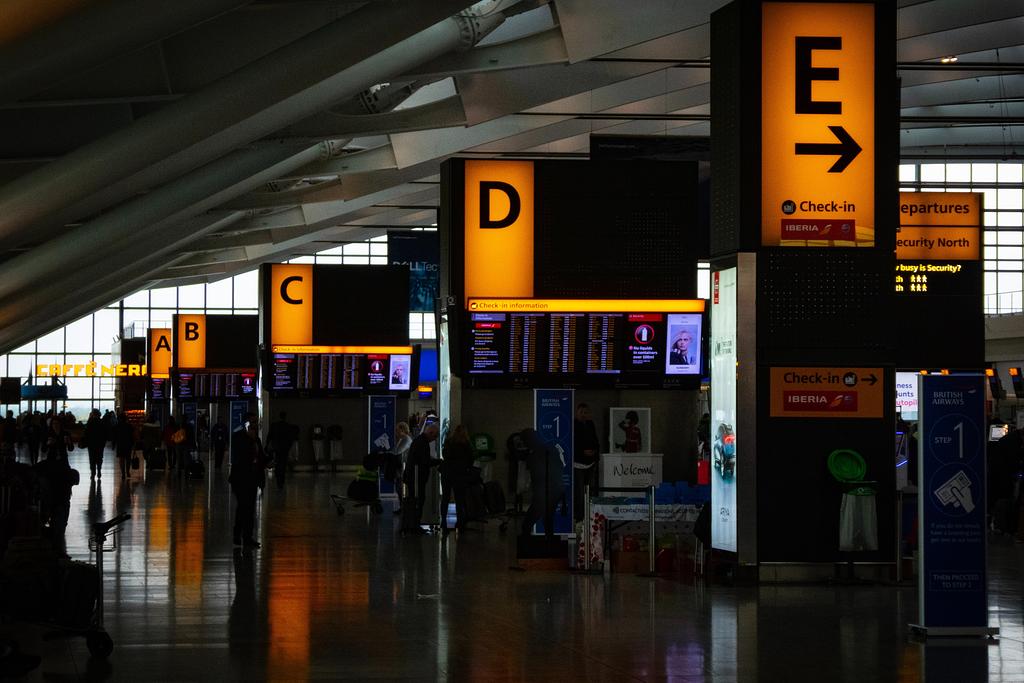
A Guide to the UK’s Major Airports

The United Kingdom boasts a well-developed, extensive network of airports catering to its residents' and visitors' diverse travel needs. With a range of international and regional airports, the UK offers excellent connectivity to destinations worldwide.
As the capital city, London is a major international aviation hub home to six main airports. Heathrow, one of the world's busiest airports, provides an extensive network of flights connecting passengers to various global destinations. Gatwick Airport, the second-largest airport in the UK, offers a wide range of international flights and serves as a major gateway for leisure and business travellers.
Stansted Airport, located northeast of London, specialises in low-cost carriers and is a popular choice for budget-conscious travellers. Luton Airport, situated north of the capital, is known for its extensive flight options to European destinations. London City Airport, located close to the city centre, offers convenient access for business travellers, while Southend Airport serves as a regional hub focusing on leisure destinations.
Beyond London, the UK is home to several other key airports. Manchester Airport, in the northwest, is the third-busiest airport in the country and serves as a major gateway to the North of England. Birmingham Airport, in the heart of England, provides excellent connectivity to both domestic and international destinations. Scotland's main airports, Edinburgh and Glasgow, connect the country to the rest of the UK and beyond.
In addition to these major airports, the UK has a network of smaller regional airports that cater to local communities and provide convenient options for regional travel. These airports offer flights to various destinations within the UK and selected international routes, enabling travellers to explore different regions with ease.
The airports in the UK are renowned for their modern facilities, efficient operations, and excellent transport connections. With a range of services, including shops, restaurants, lounges, and transport links to major cities, the airports ensure passengers have a comfortable and seamless travel experience.
Airport Parking Services
Regarding airport parking, holidaymakers have various options to suit their needs and preferences. Park and Ride services are a popular choice, offering an affordable and convenient solution. Passengers can park their vehicles in designated parking lots near the airport and then use shuttle buses to reach the terminal.
Valet Parking services are available at many airports for those seeking a more luxurious and hassle-free experience. Travellers simply drop off their vehicles at a designated area, and the parking staff takes care of parking and retrieving the car upon their return. Services like this are available at Gatwick Airport south terminal long stay parking areas and in most other airport car parks.
Long Stay parking is ideal for extended trips, offering secure parking options. These parking lots are typically located a short distance from the terminal and often provide shuttle services for added convenience.
Short Stay parking is designed for passengers who need to park for a shorter duration, such as for quick business trips or picking up or dropping off passengers. These parking areas are close to the terminal, allowing easy access.
Premium Airport Lounges
Airport premium and first-class lounges offer an elevated and exclusive experience for travellers seeking comfort, relaxation, and personalised service. These luxurious spaces provide a respite from the bustling airport environment, allowing passengers to unwind before or between flights.
Premium and first-class lounges offer an array of amenities designed to enhance the travel experience. From comfortable seating areas and private workstations to complimentary Wi-Fi and charging stations, these lounges cater to the needs of discerning travellers. Some lounges also provide access to business centres, conference rooms, and meeting facilities for those who need to work or conduct meetings while on the go.
One of the key highlights of these lounges is the culinary offerings. Passengers can indulge in a range of complimentary food and beverage options, including gourmet meals, snacks, and a selection of beverages, both alcoholic and non-alcoholic. The dining experience in these lounges is often curated by renowned chefs, offering a taste of culinary excellence.
In addition to the amenities, premium and first-class lounges often provide personalised services, such as dedicated staff, concierge assistance, and spa facilities. Travellers can enjoy rejuvenating treatments and massages or take a refreshing shower to revitalise themselves before their journey.
Access to these lounges is typically granted to passengers flying in premium cabins or holding elite status with airlines. Some lounges also offer paid access or membership programs for individuals who want to enjoy the benefits even if they are not flying in premium classes.
